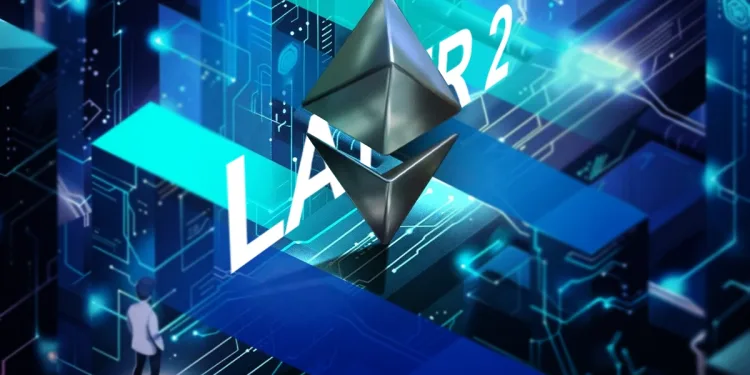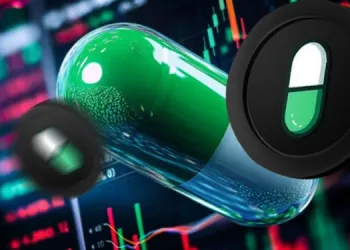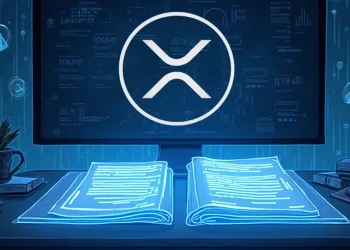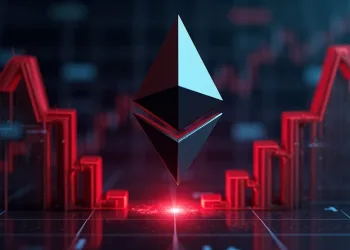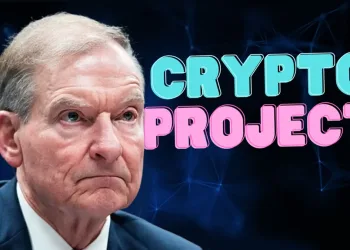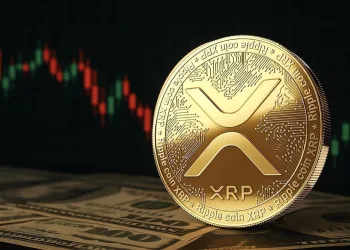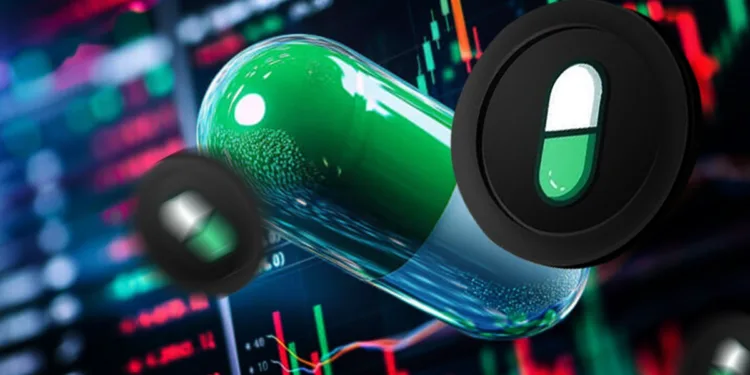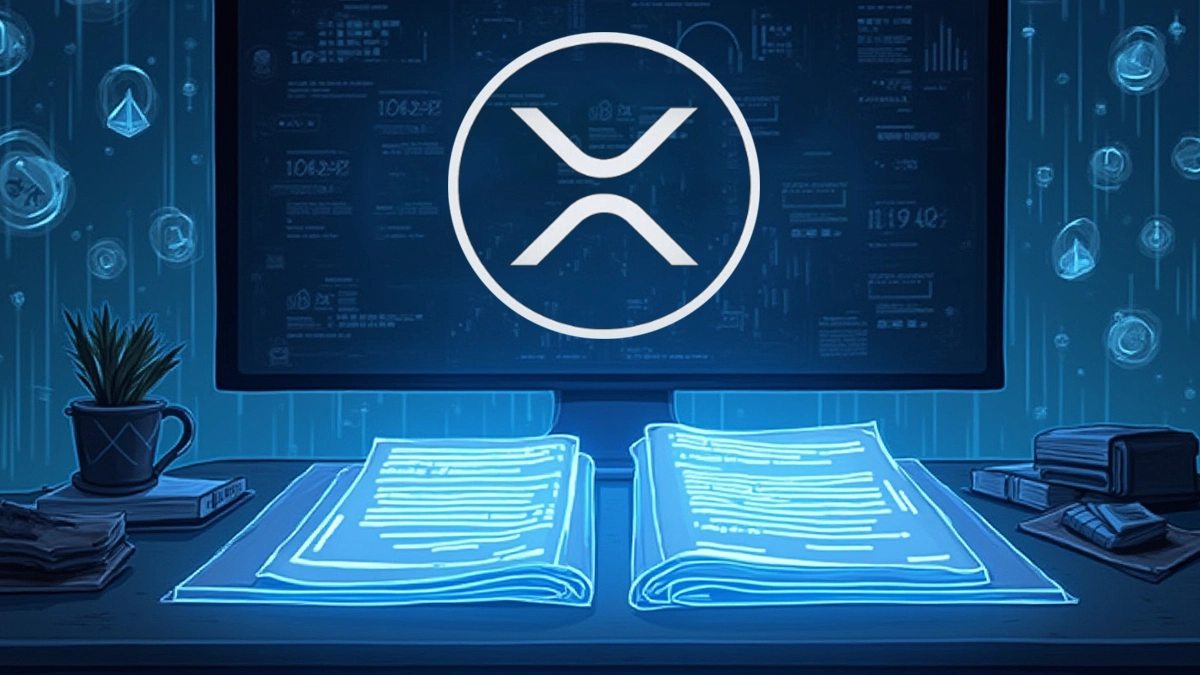- Solana enables instant Layer 1 settlement for tokenized assets like TSLAx, ensuring immediate legal ownership.
- Ethereum L2s delay final ownership due to rollup sequencing and multi-stage validation processes.
- Solana transactions settle directly on-chain, avoiding the three potential failure points found in Ethereum L2 systems.
A recent demonstration by analyst Martypartymusic has highlighted the rapid and low-cost nature of trading tokenized Tesla stock ($TSLAx) on the Solana blockchain using the Jupiter Exchange.
The trade, transacted on Solana only, was done in seconds and for just $0.00032. What this involved was swapping USDT, a stable token, for TSLAx—a tokenized stock derivative of Tesla on Solana—and then swapping it back into USDT, making it fast and seamless on the Solana Layer 1 chain.
Solana’s Layer 1 Finality Outpaces Ethereum L2 Delays
Unlike Ethereum Layer 2 (L2) protocols, which rely on off-chain sequencing and delayed finality, Solana’s Layer 1 provides immediate settlement. According to the demonstration, once the user confirms a transaction on Solana, it settles directly on the blockchain itself within seconds. This establishes legal ownership of the derivative instantly without relying on external validators or sequencing servers.
The finality of these transactions is not theoretical. The tokens exchanged are recorded directly onto Solana’s Layer 1 ledger, making the operation verifiable and immutable immediately. This marks a key distinction from Ethereum L2 systems, where ownership is not confirmed at the time of transaction and users depend on batch processing.
Ethereum L2 Rollups: Delayed Finality and Centralized Risks
Ethereum’s Layer 2 infrastructure operates differently. Trades executed on L2s are not finalized on Ethereum Layer 1 until a later stage. L2s act as sequencers, processing transactions in centralized databases and batching them into rollups. These batches are then submitted to the Ethereum mainnet, which may take up to seven days to confirm.
This system introduces three distinct points of failure. First, the L2 itself is a single point of failure as it controls sequencing. Second, the rollup process is vulnerable if batching fails or becomes corrupted. Third, Ethereum validators have the authority to reject the submitted rollup, voiding the transactions entirely.
Instant Ownership vs. Deferred Settlement
The main distinction is focused on the time and location of legal ownership creation. In Solana, ownership is legally recognized immediately after the transaction settles. On Ethereum L2s, users do not have real-time settlement and they are subject to legal uncertainty in the interim period, waiting until the rollup is finalized and verified.
This delay means that users don’t actually take ownership of the asset until the rollup is confirmed by Ethereum. Thus, transactions on Ethereum L2s are not equivalent to Layer 1 blockchain settlements. The distinction lies in the speed and security in which ownership is transferred, especially for tokenized assets such as TSLAx.


